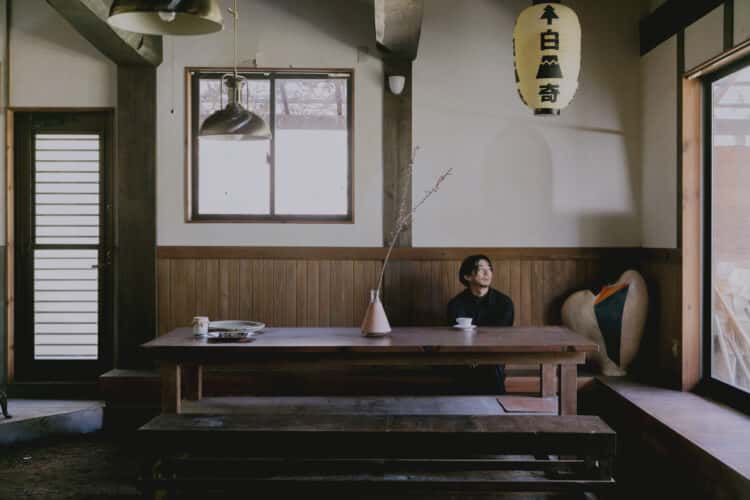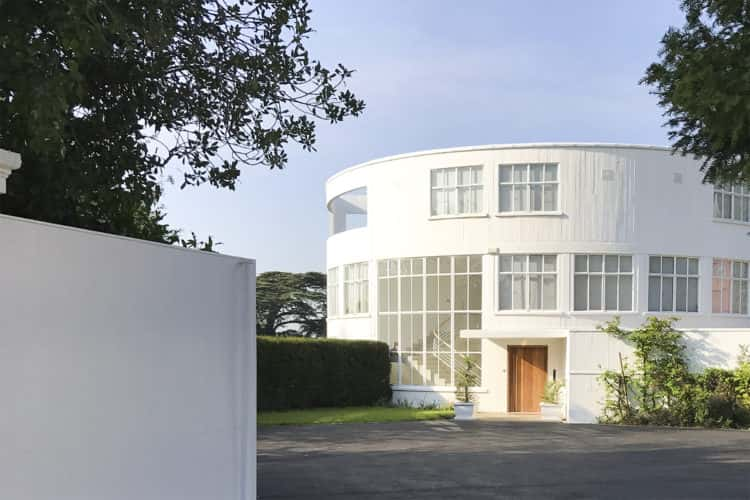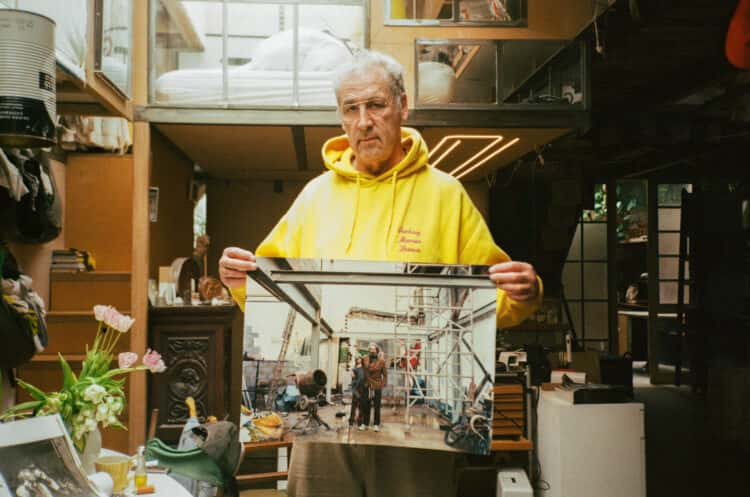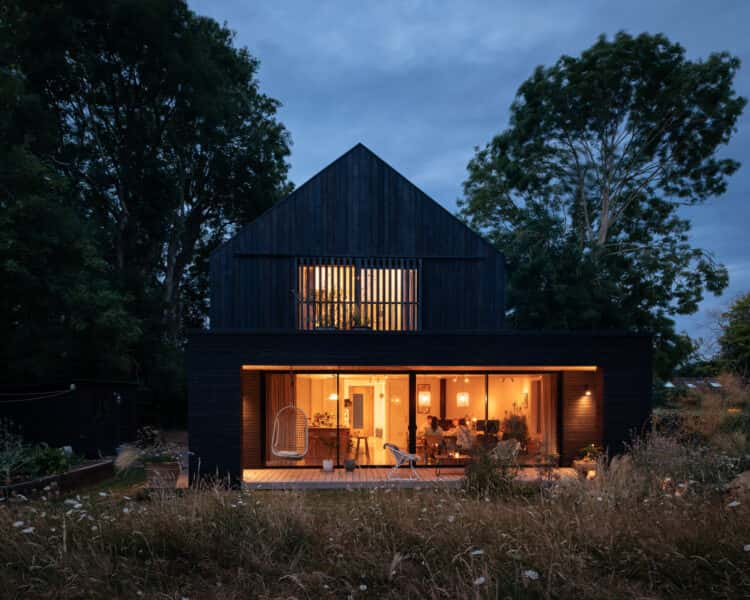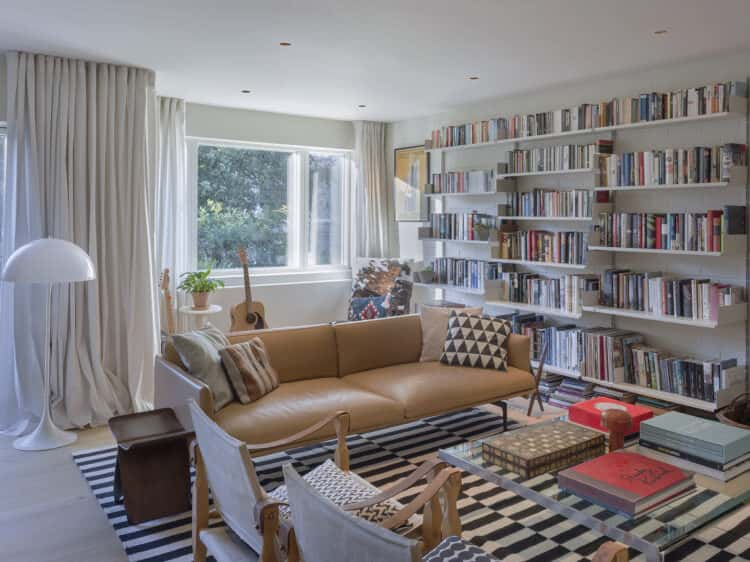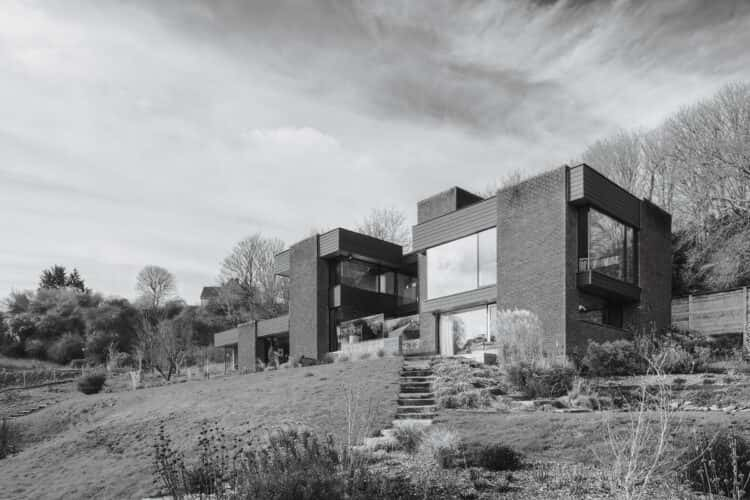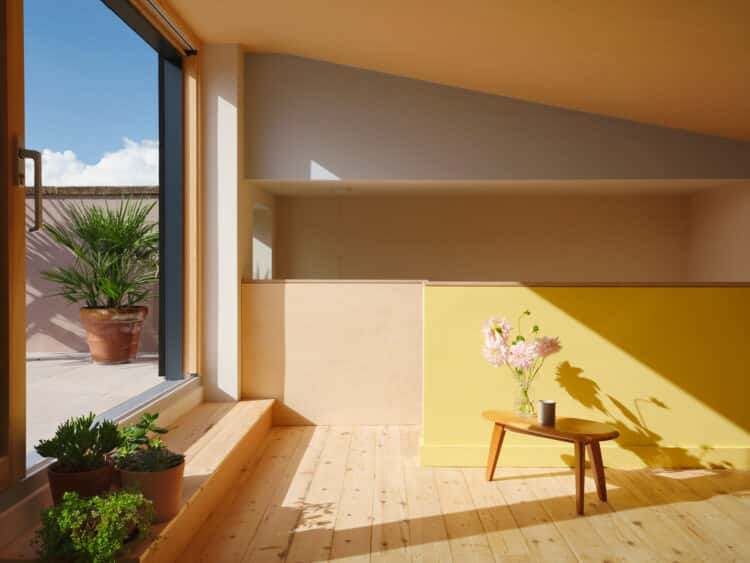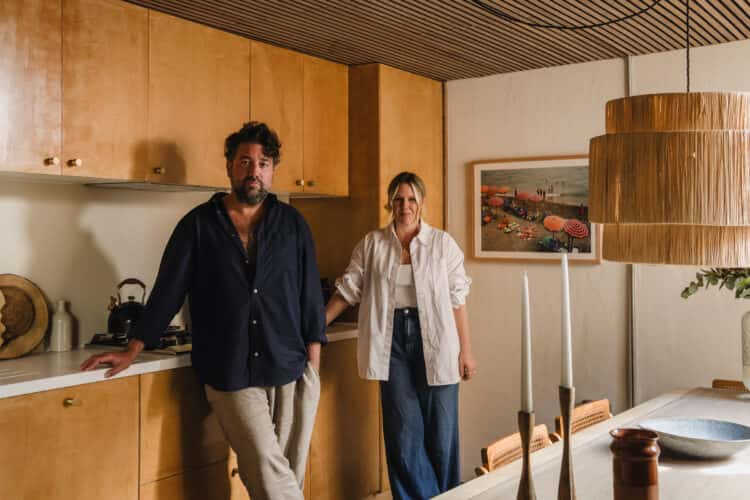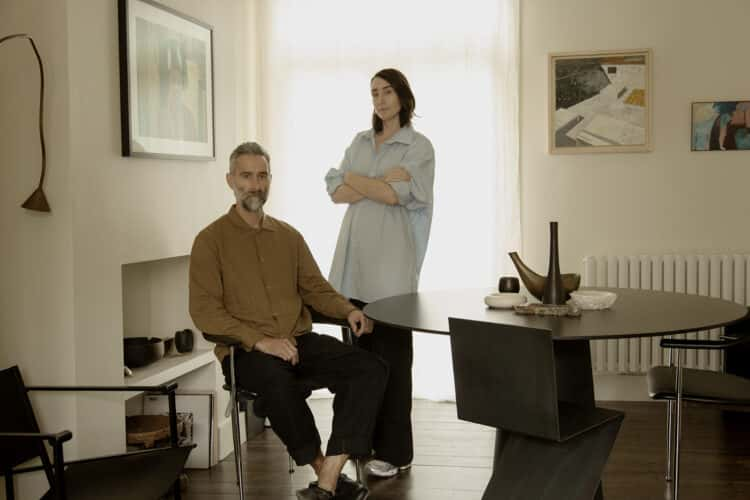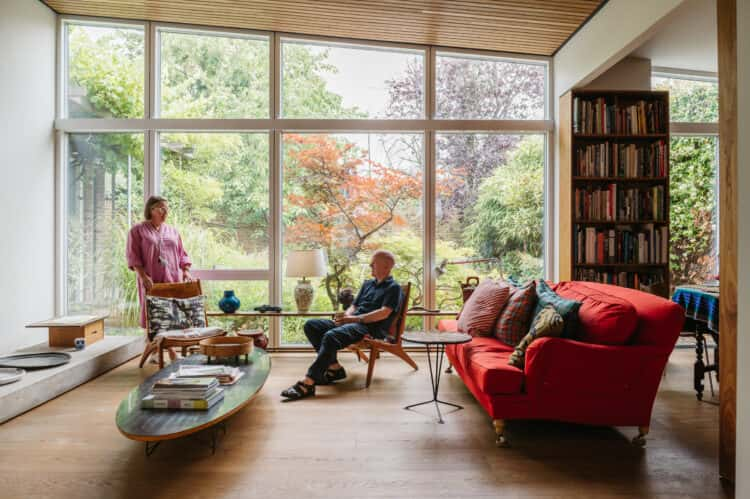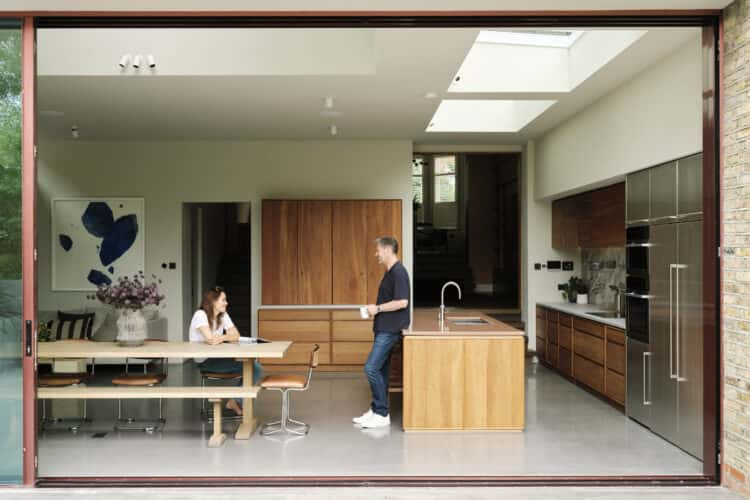Ryo Kashiwazaki, founder of Hender Scheme, on finding peace and connecting to nature at his traditional home in the Japanese countryside
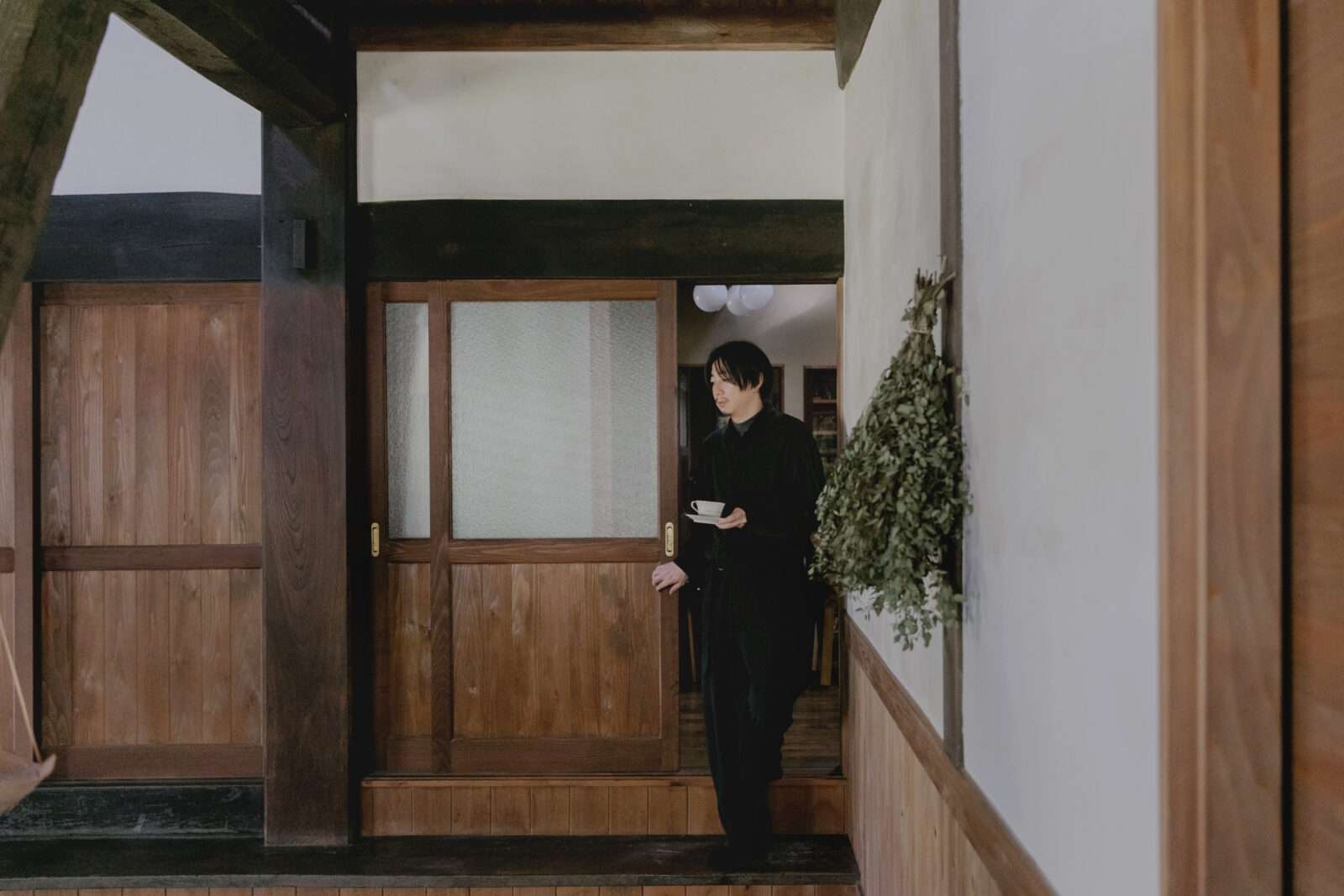
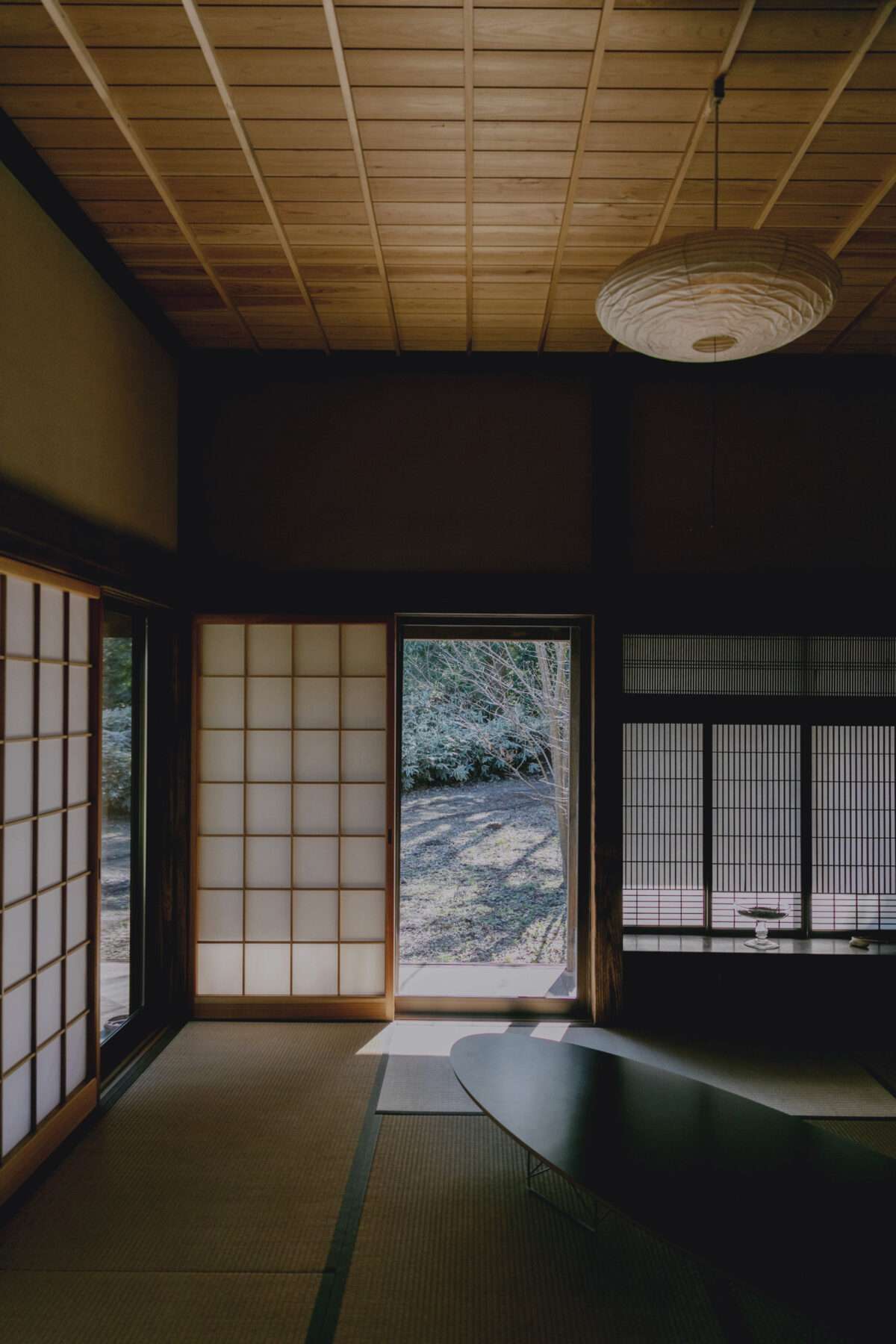
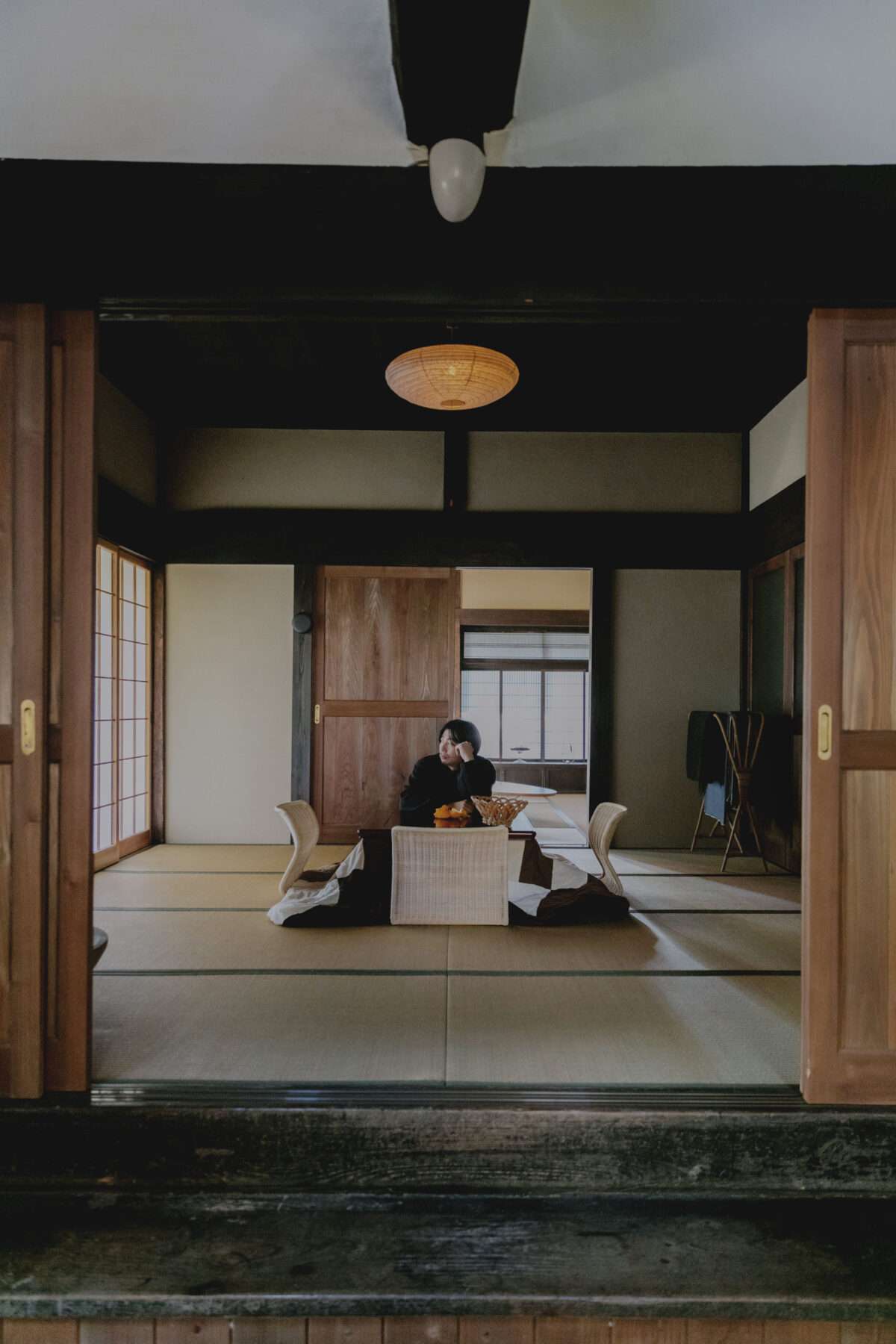
Ryo: “In 2018 I bought this house as a place to spend holidays with my wife and two small children. It is roughly an hour’s drive from east Tokyo, where my atelier and family home have been located since Hender Scheme was established in 2010.
“There are many reasons why I decided to buy a house in the country. First of all, I wanted to provide an environment for my two boys to explore and play in nature without constraint – something which is hard in Tokyo.
“The other reason was that the year 2020 marked the tenth anniversary of my label. Before that milestone, I wanted to carve out a new lifestyle in a place I could escape the working week in Tokyo. I think I was looking for a way of life with a physical, outdoors aspect to it, as opposed to the ease of life in the city.
“I was born in Tokyo but my family moved to the Ibaraki countryside until my first year of elementary school. I remember it as a time in my life when I felt more connected to nature, and I think that memory drove me to this house. When I showed it to my parents for the first time, they told me that it looked just like the old house we used to live in.
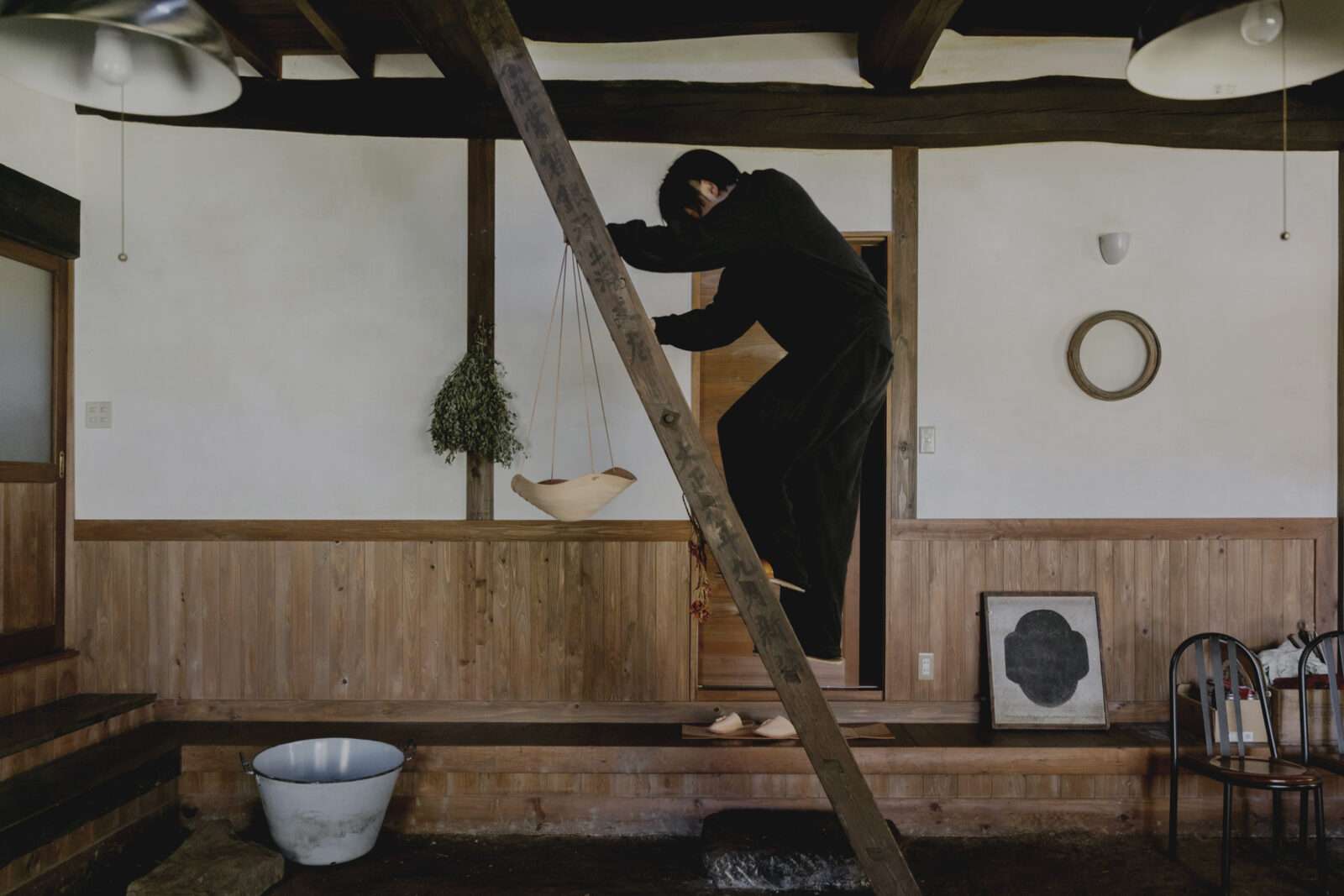
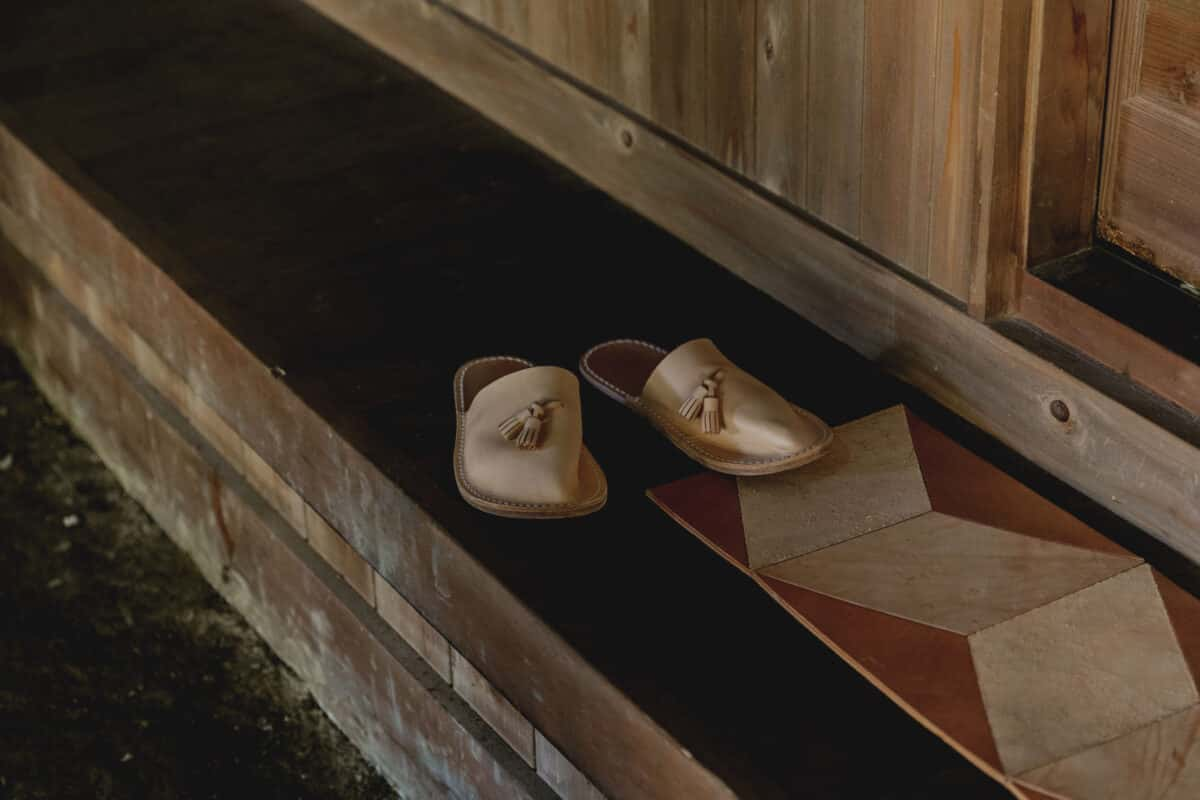
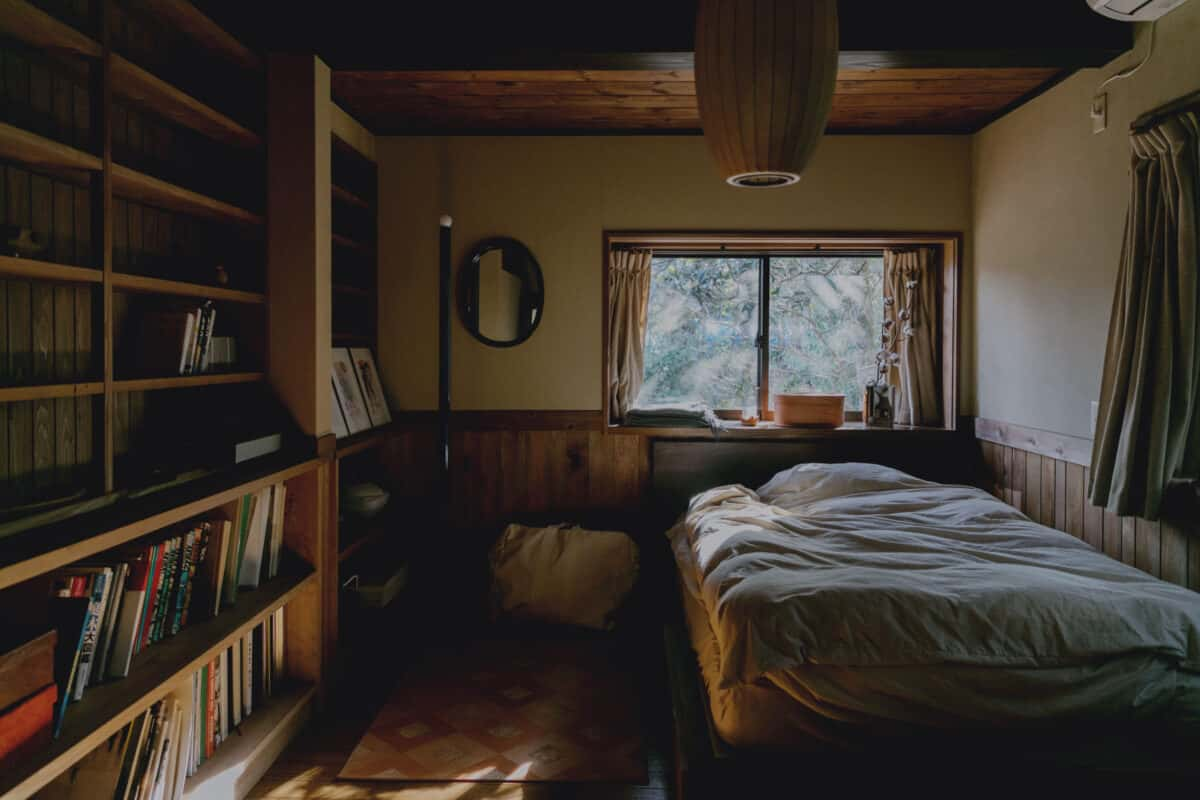
“I’m not so drawn to new houses, because they are too glossy and often aren’t made with the same care as in the past – nowadays it’s always just about production efficiency. I like older architecture, which drives my imagination to wonder why these buildings were made in such ways. Once, these traditional houses were just ordinary dwellings, but today they require the skill of a specialist craftsman. It’s hard and expensive to find people who are able to do repairs on these houses now – it’s a skill that is being lost in Japan.
“The house is 130 years old and was originally built with a thatched roof. It was changed when the former owners renovated it 20 years ago. They invited a first-class carpenter from Fukushima prefecture to live here and repair this house during the winter. The exterior remains the same as it was. When I moved in I simply cleaned up the interior a little, and replaced the heating and air conditioning.
“I completely followed my instincts and bought this house at first sight. The previous owners were an elderly couple who were moving to a nursing home and I had a good time with them here before they moved. We would chat on the porch and they would explain things about the house and the neighbourhood.
“The porch is one of the charms of a traditional Japanese house. It’s a luxury to spend time on the long L-shaped wooden porch we have here, in the beautiful sunlight that streams through the trees, drinking tea or having lunch while gazing at the garden.
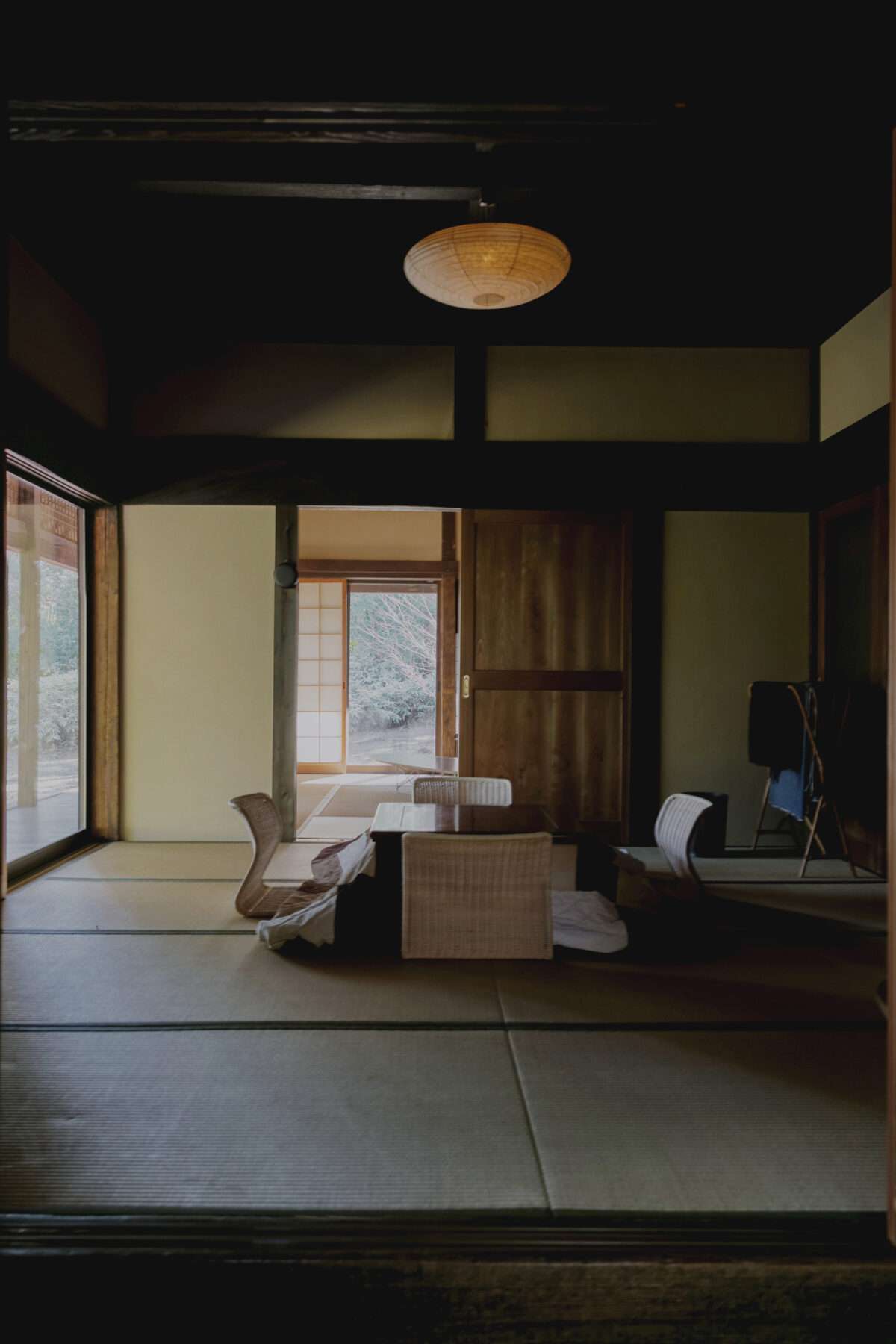
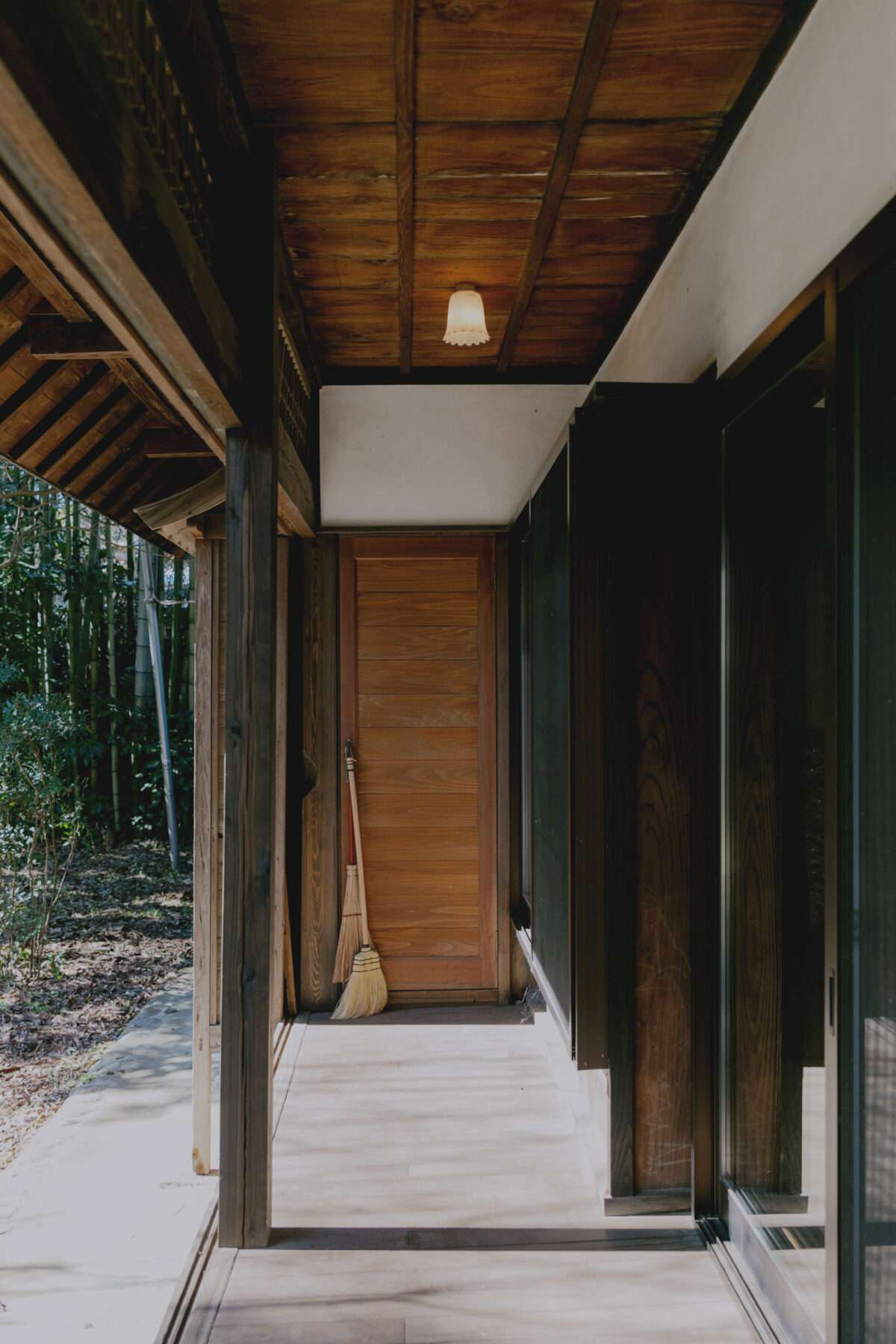
“Another charm for me is the high quality of craftsmanship that this house was built with, especially the beauty of details like the sliding doors, wooden frame and the joinery that has stood here for over 100 years.
“I haven’t touched anything that much. If I modify it too much, it will look inauthentic and the house would lose what makes it special. It’s important to maintain a good balance between convenience and inconvenience – it’s comfortable but has some challenging traits at the same time, which I enjoy.
“I bought furniture specifically for this house as my family home in Tokyo is a new building and the pieces there wouldn’t fit with the atmosphere of this traditional house. Some of the art is by friends of mine; some I bought at antique markets. I just buy what I like – anything is ok if I feel something for it, or respond in a certain way.
“The sunniest spot of the house is the room with an alcove, or tokonoma. I arrange things relying only on my own sense of what looks good and ignore the formal rules of Japanese-style rooms. That goes for art and furniture too; I think there’s a pure sense of joy that comes from not knowing the rules.
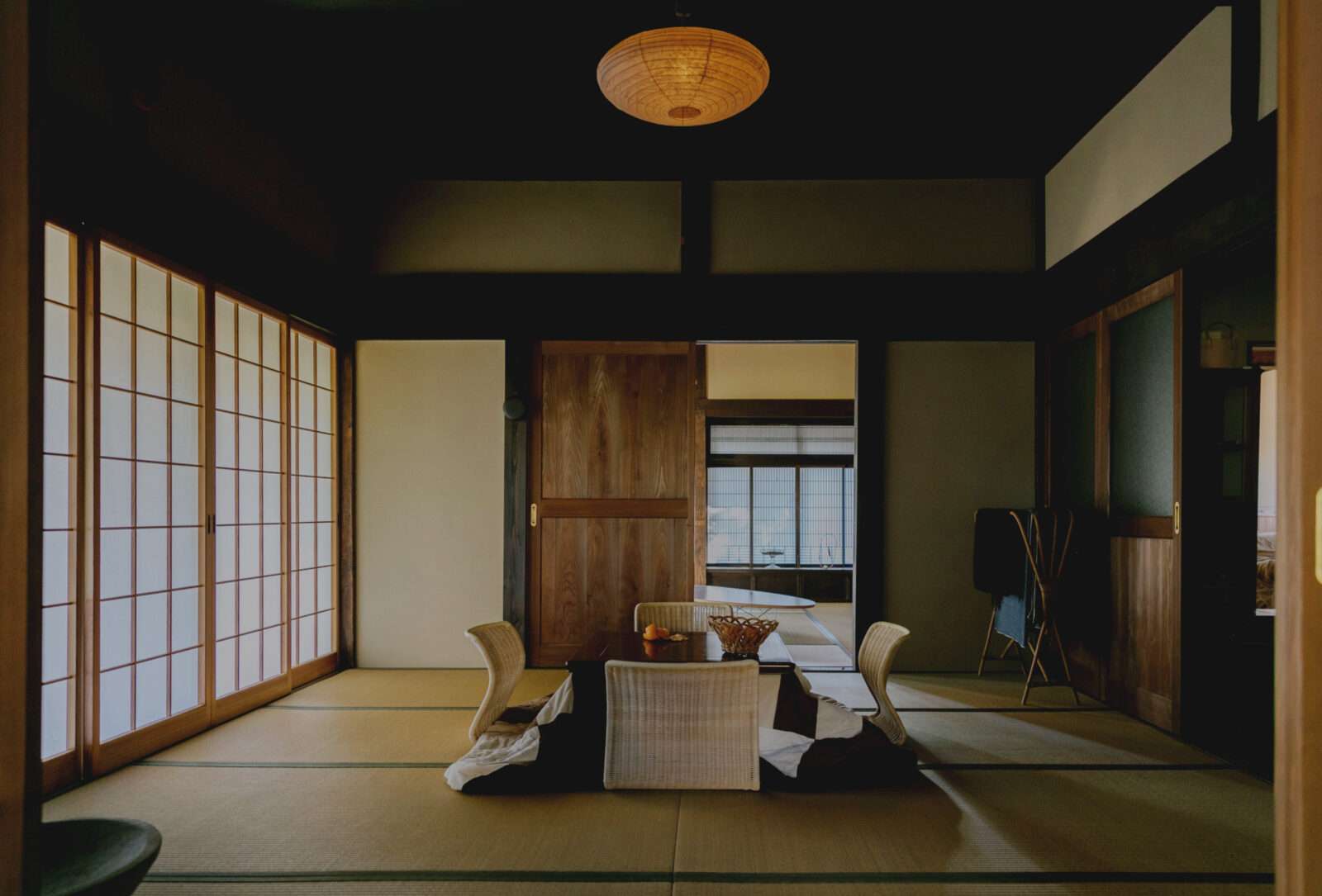
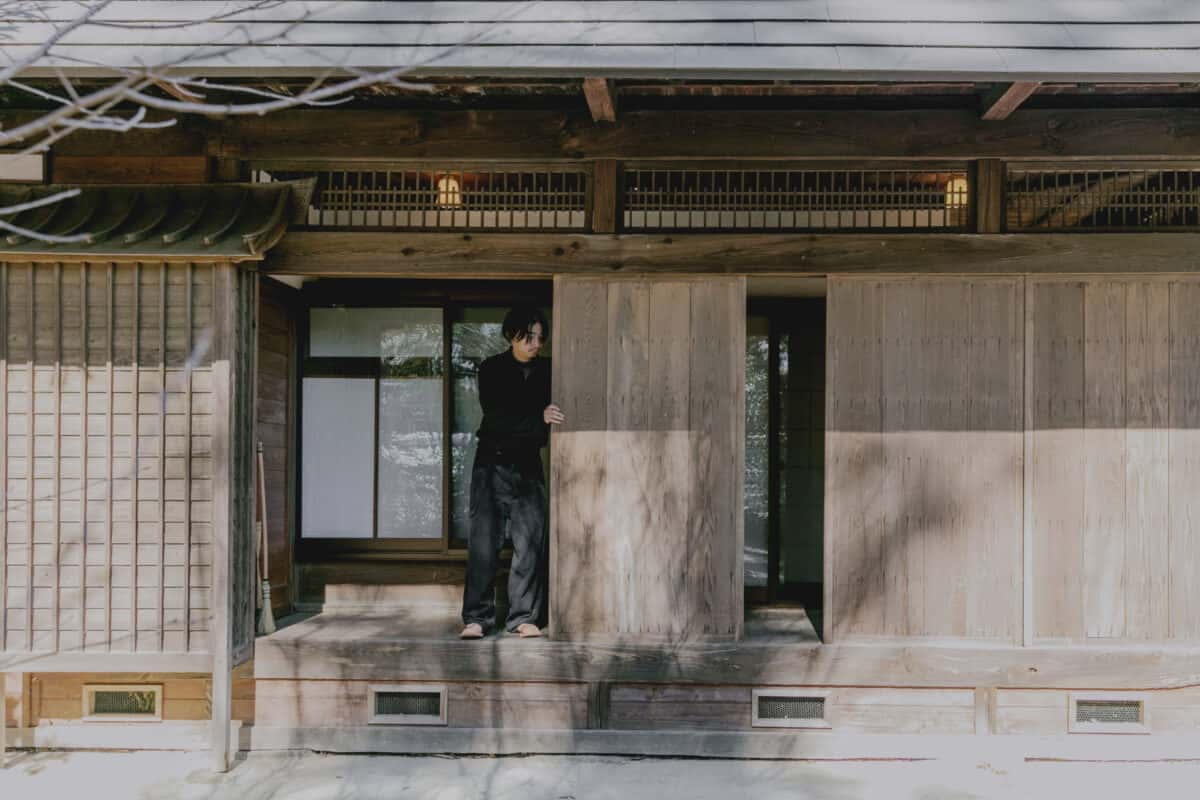
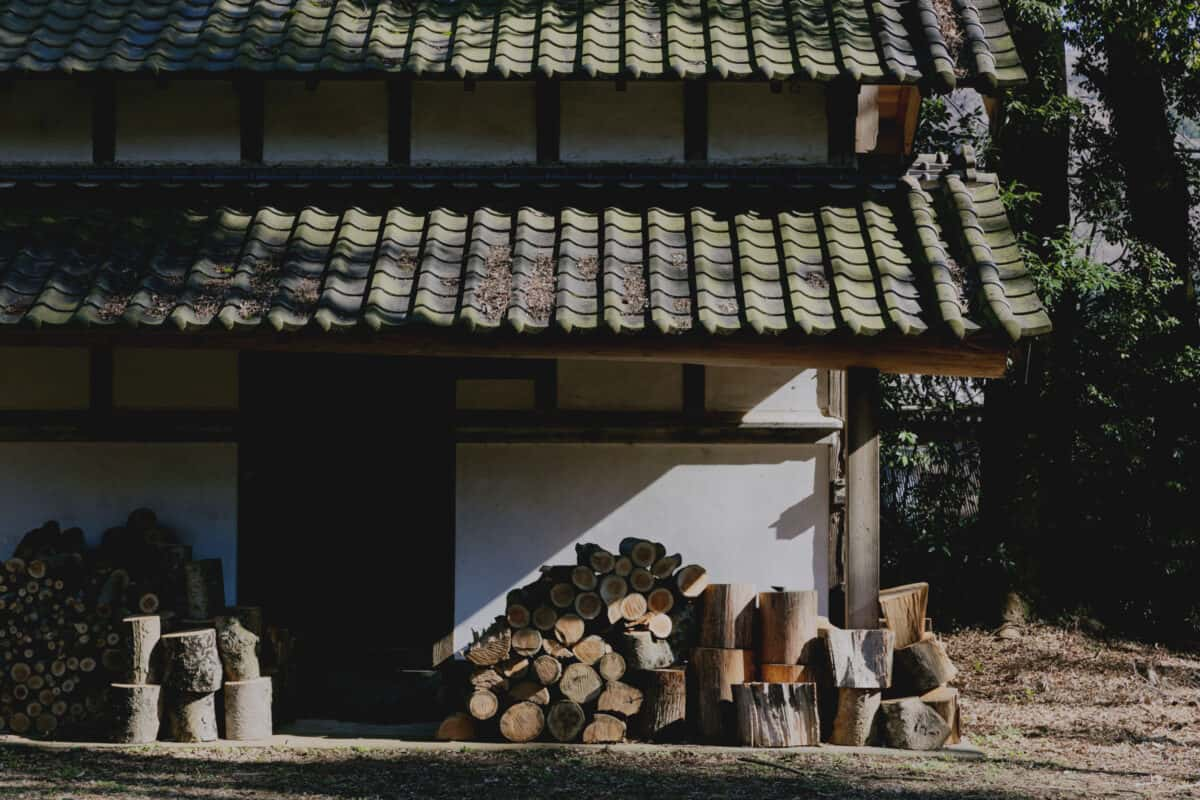
“As I was used to Tokyo nights, it took me a while to adapt to the complete darkness here. The evenings seemed scary at the beginning. There is nobody apart from us and the sound of insects in the surrounding rice fields.
“Every time we come here, I look forward to seeing the impression the seasons have left on the garden. The contrast between summer and winter is dramatic – full of insects and grass in the summer, and completely empty in winter.
“The children are delighted with this old folk house as it reminds them of the ones they see in anime movies, especially when I open and close the shutters. They are always in high spirits here and have fun finding wild frogs and beetles. We wake up feeling incredibly refreshed in the morning, and I love spending time relaxing on the porch – the hours flow differently to how they do in the city.
“I was thinking recently that perhaps homes and leather are similar. The leather we work with at Hender Scheme changes over time, and this is the most interesting aspect of the material. Homes, too, change depending on who lives in them and how. But in both, an element of tradition – the unchanged – is good.
“There are things that should be broken and things that don’t have to be broken. This house connects me to that idea.”
